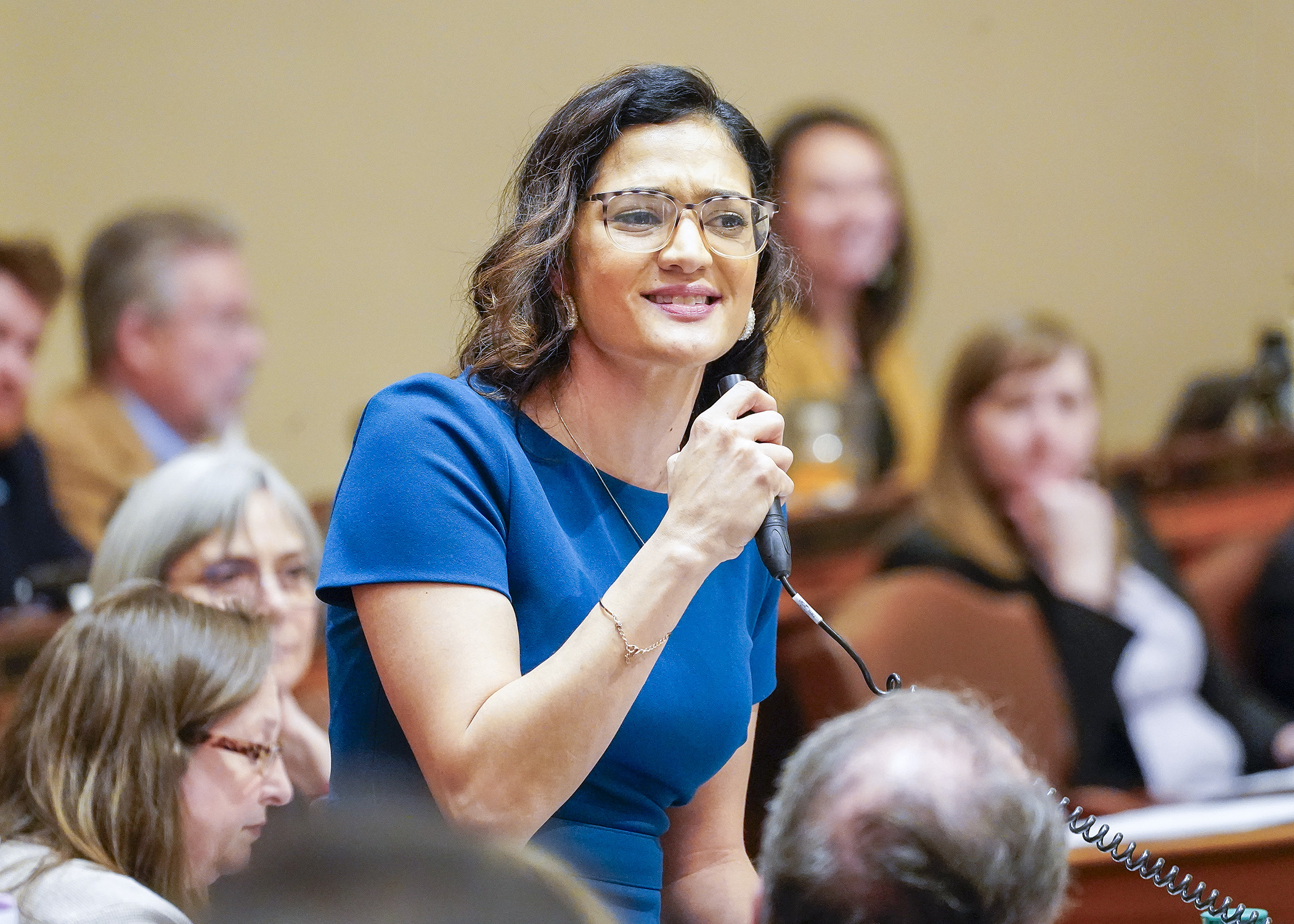House passes proposed changes to state’s early education programs

Two similar state programs that work to achieve the same goal of helping prepare young children for school would be merged under a bill passed by the House Thursday.
Members voted 69-61 to pass HF4176, which is largely focused on technical changes to existing law, but also seeks to streamline processes and programs, including the merger of the voluntary prekindergarten and school readiness plus programs.
Those publicly funded programs serve more than 7,000 children around the state working to prepare children for success in kindergarten and beyond.
Although prekindergarten and school readiness programs are currently two different entities in state law, they share the same funding stream and have almost identical program requirements as the House Children and Families Finance and Policy Committee learned when the bill was first heard at the end of February.
Rep. María Isa Pérez-Vega (DFL-St. Paul), the bill sponsor, said research has shown that preschool gets youngsters ready to learn but also helps build their self-confidence and other skills such as literacy, math and creativity.
“High quality early childhood programs are essential for all of our youngest learners,” she said.
The bill would also create separate voluntary prekindergarten groups for Minneapolis and St. Paul, which are currently in the same group, increasing the number of groups to which voluntary prekindergarten seats are allocated from four to five.
Rep. Walter Hudson (R-Albertville) unsuccessfully offered two amendments to the bill.
The first would have modified certain age limits that he believes work to funnel young children toward the school system before they or their parents may be ready and set uniform scholarship amounts.
The second would have stricken the division of Minneapolis and St. Paul into two groups and changed the merger of the voluntary prekindergarten and school readiness plus programs so the merged program keeps more of the requirements that currently govern school readiness plus.
He said the bill favors school-based child care providers at the expense of family providers who are being squeezed out of the business.
“That’s what we’re trying to achieve here is to open up the options for parents and families to really choose the providers that are best for their students in their judgement,” Hudson said.
Related Articles
Search Session Daily
Advanced Search OptionsPriority Dailies
Speaker Emerita Melissa Hortman, husband killed in attack
By HPIS Staff House Speaker Emerita Melissa Hortman (DFL-Brooklyn Park) and her husband, Mark, were fatally shot in their home early Saturday morning.
Gov. Tim Walz announced the news dur...
House Speaker Emerita Melissa Hortman (DFL-Brooklyn Park) and her husband, Mark, were fatally shot in their home early Saturday morning.
Gov. Tim Walz announced the news dur...
Lawmakers deliver budget bills to governor's desk in one-day special session
By Mike Cook About that talk of needing all 21 hours left in a legislative day to complete a special session?
House members were more than up to the challenge Monday. Beginning at 10 a.m...
About that talk of needing all 21 hours left in a legislative day to complete a special session?
House members were more than up to the challenge Monday. Beginning at 10 a.m...